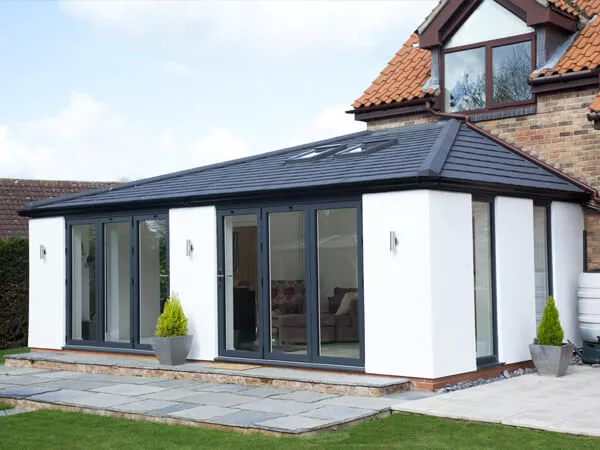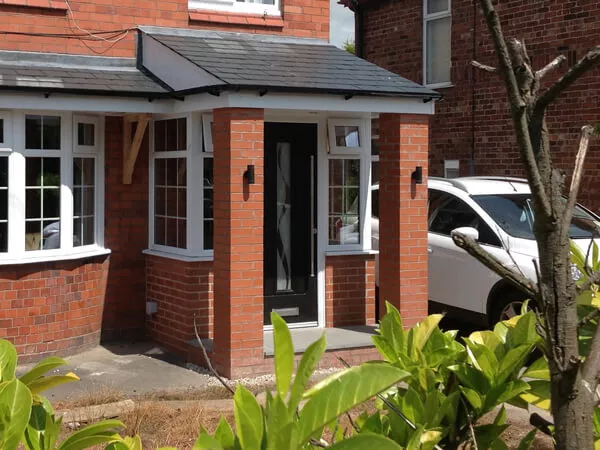If your extension will have one storey, you don’t need planning permission as
long as:
- it’s located at the back of the house
- it doesn’t go back further than 3 metres if it’s a terraced house, or 4 metres
- if it isn’t the height of the eaves (where the wall meets the roof) is no higher than 3 metres
- it’s not higher than 4 metres, including sloping roofs
- it doesn’t cover more floor area than your house does
- it doesn’t take up half the ‘curtilage’ – the grounds behind your home
- it isn’t within a conservation area

You won’t need planning permission to add a porch to a front door, back door or side door on your house as long as:
- its footprint (the total floor area it takes up) is no greater than 3 square metres
- there’s at least 2 metres between the edge of the porch and any boundary facing a road
- it isn’t taller than 3 metres
- it isn’t within a conservation area

Listed Buildings and Conservation Areas
You will require Listed Building Consent for most alterations, including replacement windows and doors, if your home is a Listed Building. Listed A and B homes must be referred to Historic Environment Scotland for consideration but Listed C buildings come under the jurisdiction of your Local Authority. If your property falls within a Conservation Area, special conditions apply too.
If Planning Permission is required for your home improvement, Mitchell Glass will guide you, prepare your Architectural Drawings and take care of obtaining Consent from your Local Authority.
Building Warrant
All extensions and most conservatories require a Building Warrant in Scotland. Conservatory means a building attached to a dwelling and having an external quality door separating it from that dwelling and having not less than three-quarters of the area of its roof and not less than one-half of the area of its external walls made of translucent material.
A small conservatory with an internal floor area of under eight square metres does not usually require a building warrant.
A sunroom with a solid roof (either traditional tiles or modern lightweight material) has different rules and the light and ventilation of the adjoining room has to be taken into consideration as well as thermal properties of the building. This also applies to replacing a conservatory roof with a solid roof.
Cutting away a new hole in a wall to form a window or doorway also requires a building warrant.
The building warrant confirms that the proposed work meets the requirements of the building regulations and it is a legal requirement for you to have a building warrant before any work commences. The building standards process gives you permission for the design and construction of the work and the building regulations make sure that the work meets minimum building standards.
Mitchell Glass can advise and guide you through all the stages of obtaining a warrant, arranging inspections during the work and obtaining the completion certificate at the end of the project.
REQUEST YOUR FREE QUOTE
Simply fill in your details for your free, no obligation quotation, and click "Get Quote"


